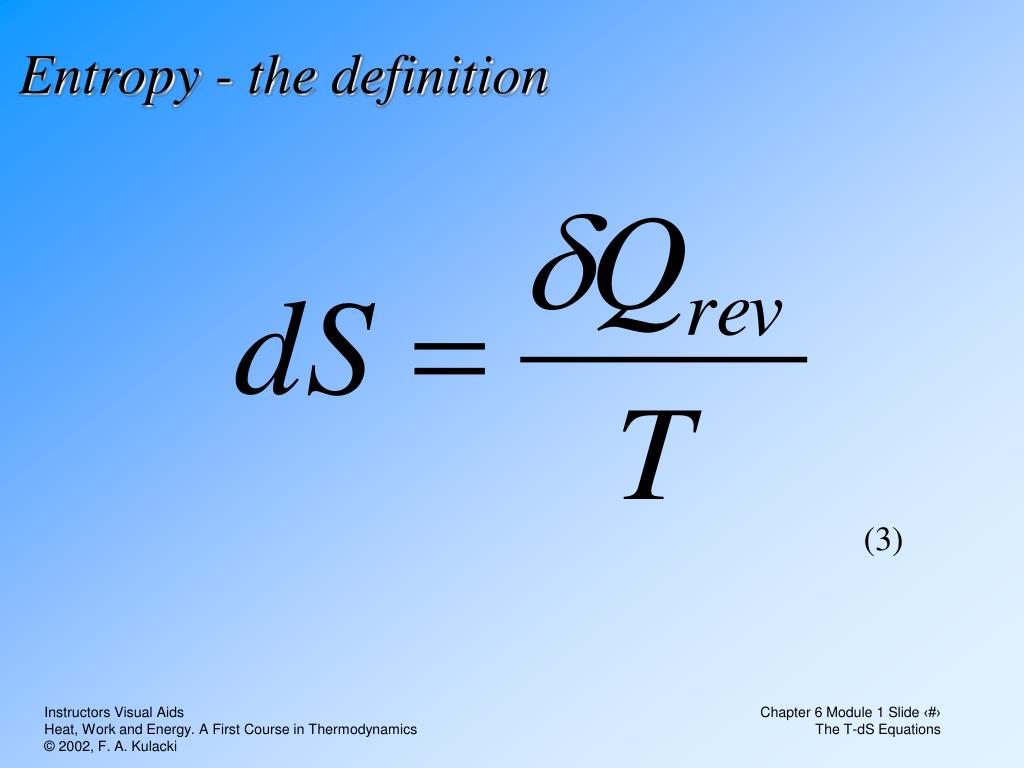
The time reversal operation inverses the sense of time, so that it performs the operation t ↦ − t. However, from the time dependence of the observables of a system, one cannot always extract the direction of the evolution. Therefore, it should exist a direct connection between both descriptions of the evolution to equilibrium. The same time evolution is expressed by means of the quantum evolution operator e − i t H, so that if O is the operator representing a given quantum observable at time t = 0, the operator at time t is given by O ( t ) = e i t H O e − i t H (Unless otherwise stated, we take ℏ = 1 everywhere in the text.). The entropy monotonically increases with time until the system reaches the thermodynamic equilibrium. The consequence is clear, since the entropy is given by S = − k H, so that d S / d t ≥ 0. The H-theorem states that if P r ( t ) is the probability that a system is in the state r at time t and if we define H : = ∑ r P r ( t ) log P r ( t ), where the sum extends to all possible states of the system then, d H / d t ≤ 0. The way, in which the entropy evolves as a physical system approaches to the equilibrium, is given by a celebrated theorem due to Boltzmann, the H-theorem. It was Boltzmann who realized that the number of degrees of freedom of a classical system is proportional to the logarithm of the number Ω of micro-states of the system, from where one derives the relation between the number of degrees of freedom and the entropy, i.e., S = − k log Ω. Then, we may establish a correspondence between a class of operators and the entropy, as the associated observable.

Though ( 2) seems to belong to a class of equations of motion different from ( 1), the difference is only apparent, since both equations fix physical values at equilibrium.
#ENTROPY DEFINITION FREE#
Where E ¯ is the mean value of the energy and T is the absolute temperature at which the extreme of the free energy is reached (e.g., at the equilibrium). Our final remarks and conclusions are presented in Section 6. Section 4 is devoted to the notion of complex entropy and in Section 5 we investigate the possible connection between our definition of complex entropy and the class of time operators. These properties are then shown to be found over solid mathematical basis e.g., we construct the decaying states in the framework of rigged Hilbert spaces. Section 3 deals with the identification of resonances in quantum physical systems and illustrate their time dependence. In Section 2 we revisit the conventional definition of entropy and relate it to time dependent operations, such as time inversion and time displacement. We shall discuss this method as well as its application to a model for resonances which is analytically solvable. In the present article, we are going to show that a comprehensive scheme leading to the definition of entropy for resonances can be rigorously designed by adopting path integration techniques.

In performing the path-integration we shall be dealing with amplitudes instead of probabilities, a concept which cannot be applied to states with complex energy. A suitable tool to work with Gamow states, in order to extract their thermodynamical information, is the path integration.

Most of these difficulties are removed with the use of amplitudes, which are the solutions of the equations and/or with the corresponding propagators, instead of working with their modulus. Several problems arise in dealing with these states, particularly their non-normalizability.

States with complex energy, such as the Gamow states, are well described in the theory of scattering and found as solutions of the analytical continuation of quantum relativistic and non-relativistic equations. This is not the case for states with complex energies, where the time evolution is non-oscillatory. In both cases, fermions and bosons, the definition of the probability assigned to a state remains valid. The main difference between classical and quantum mechanical counting of states is, of course, the existence of the exclusion principle (for fermions) and other symmetry restrictions (both for fermions and bosons) imposed to quantum states. The notion of probability applies, both in classical phase-space as well as in quantum mechanics, and from this the connection between entropy and the number of degrees of freedom of a system has been established. The definition of entropy and its interpretation in terms of the evolution to equilibrium of isolated systems was a crucial step in understanding the link between mechanical and thermal features in classical mechanics.


 0 kommentar(er)
0 kommentar(er)
